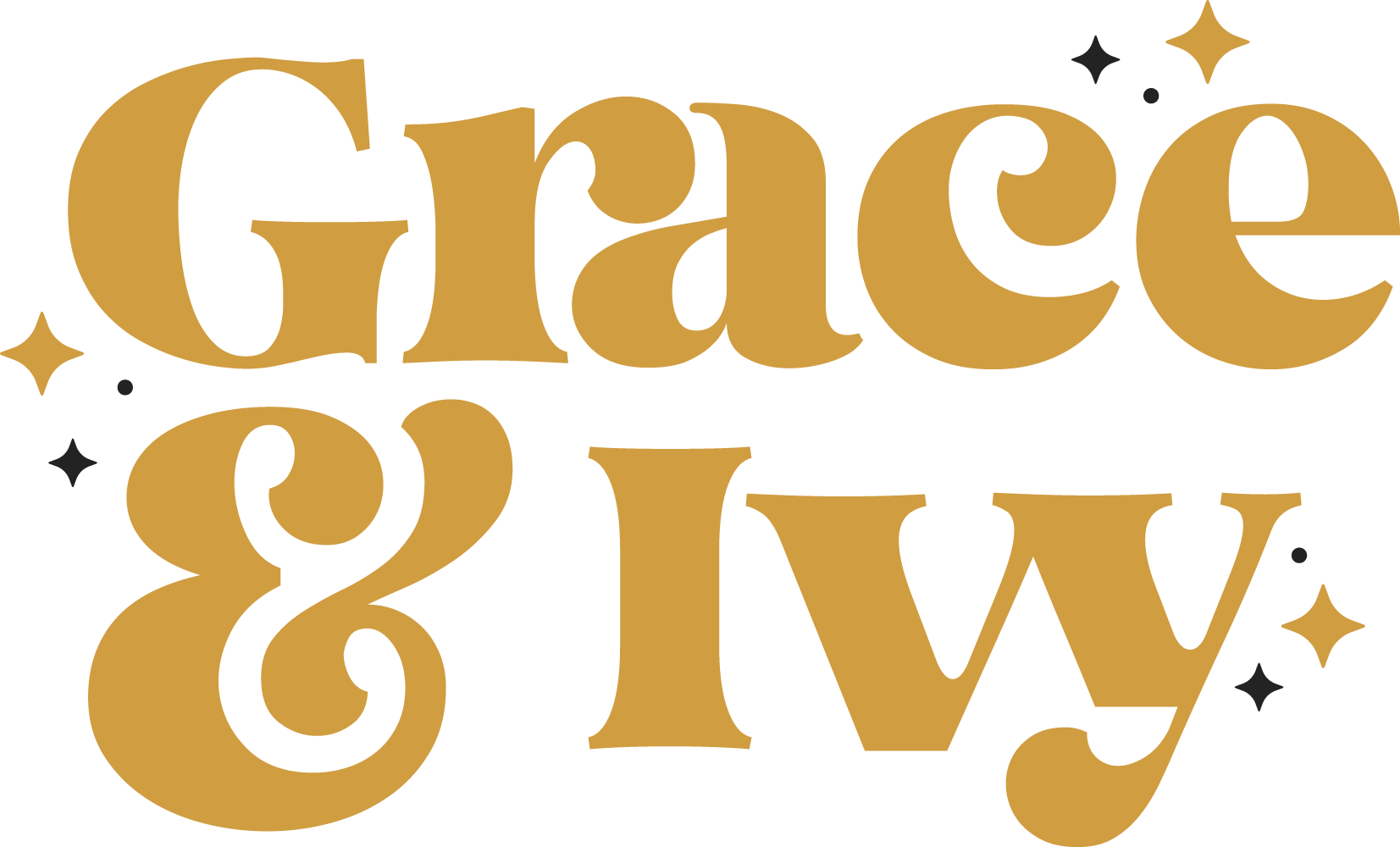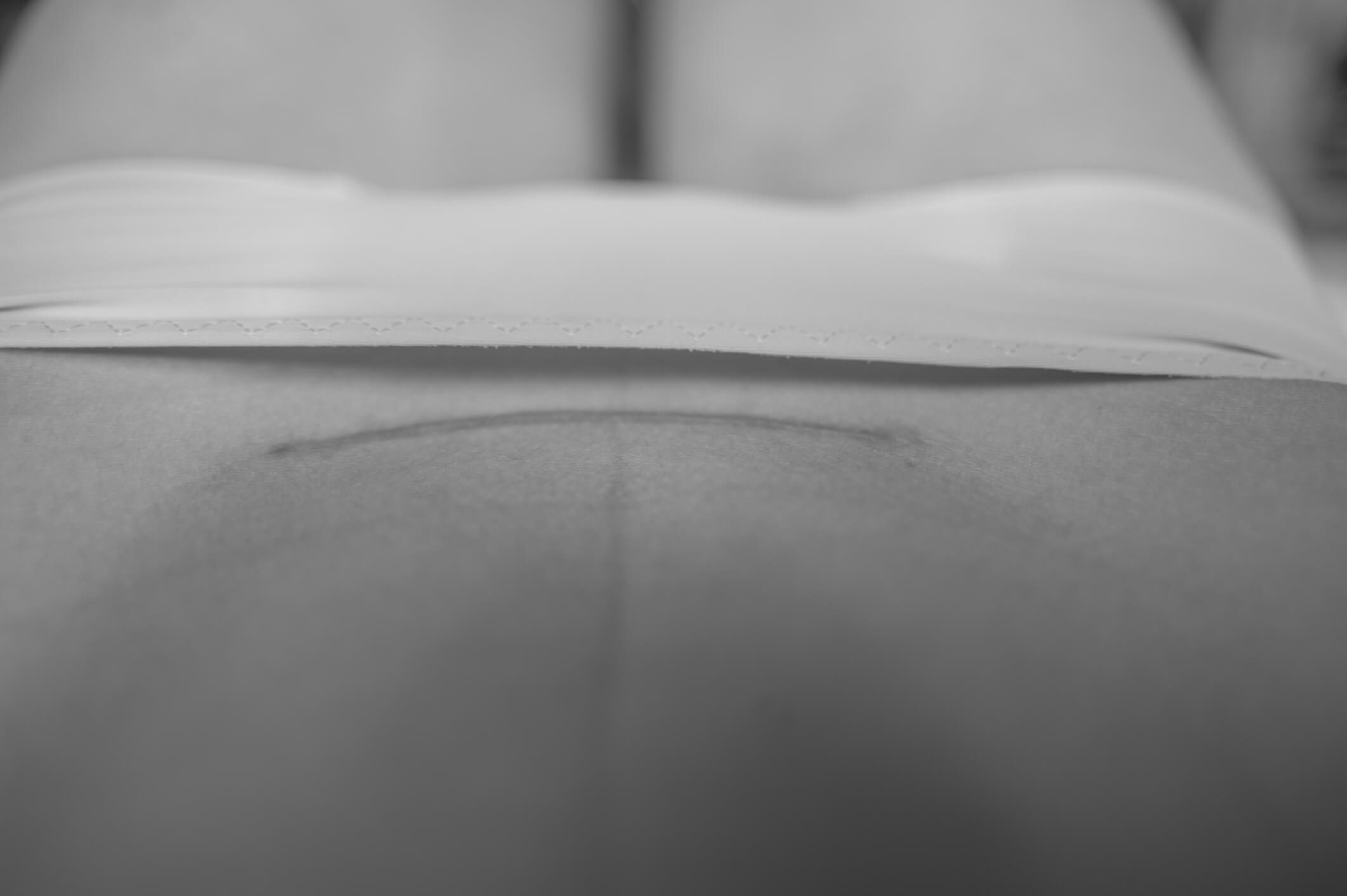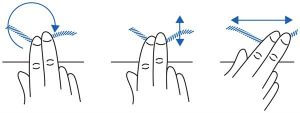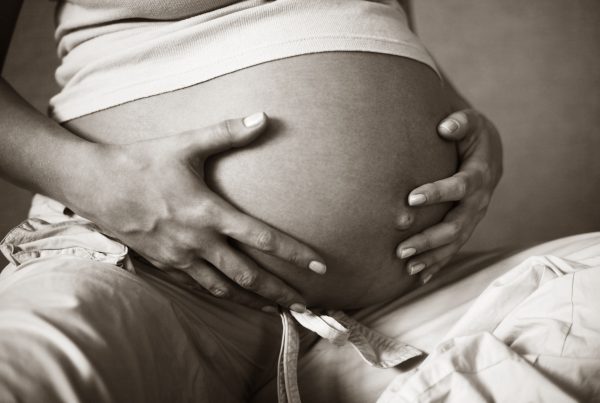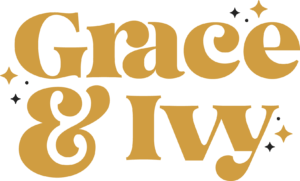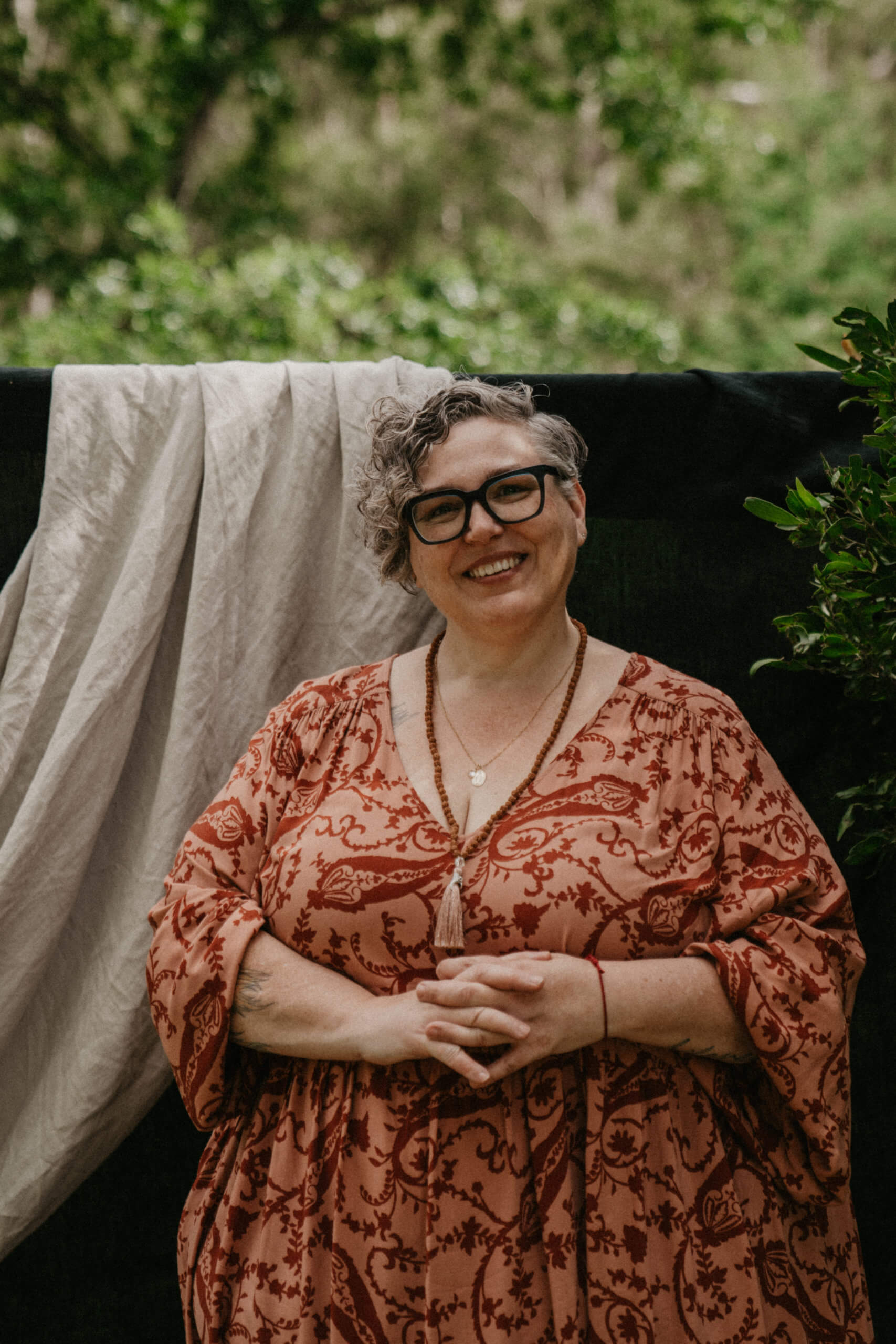Whether planned or emergency, a caesarean section is major abdominal surgery.
It must be remembered that caesarean birth is major surgery with long term consequences and even if your surgeon doesn’t share this information with you, there is one thing you absolutely MUST do to avoid painful problems down the track…Caesarean Scar Massage!
Each year over 100,000 caesarean sections are performed in Australia and post-surgery most people are taught very little about how to care for their bodies, much less their incision site.
It is usually advised that birthing people can return to ‘normal activity’ after a six week recovery period. It is assumed that all is well if the incision is closed and has healed without infection.
However, there is very little discussion of the 6 to 18 per cent of women who have chronic, scar pain related to their caesarean section. This pain often results in difficulty and pain with everyday activities including child care.
Why massage my caesarean scar?
You can not prevent scar tissue from forming after a caesarean. To clarify, scar tissue is not just the visible scar that is left on the outer skin from the surgical incision…it is a fibrous tissue that forms at the site of the surgery and replaces the normal tissue. While it contains the same materials as normal tissue, the quality of the scar tissue is inferior to that of the tissue it replaces. It is very important to understand that the scar that you can see is actually only the tip of the iceberg…your scar is actually 8 layers deep.
Another significant factor to be considered is the effect of adhesion formation on the internal organs. A simple way of explaining an adhesion is like you have put something hot on a stack waxed paper sheets. The heat melts the wax and when it cools all the layers are stuck together and the paper can no longer slide against each sheet.
Organs are supposed to slip and slide around each other; they need this movement in order to function properly. When adhesions are present, the sliding surfaces stick to each other and drag across one another causing tensional pulls. The resulting restrictions can cause a limited range of motion and pain in other areas of the body.
If scar tissue adhesions are not worked on they can cause all sorts of problems down the track including:
Lower Back Pain:
Lower back pain is the most commonly reported side effect of a caesarean section. The scar tissue adheres to all of the tissues in the pelvis (directly in front of the sacrum). Fascia runs from the pubic bone around the bladder, uterus and colon and attaches to the sacrum. The sacrum needs to be able to move freely, backwards and forwards, as we move, but this scar tissue can restrict that movement and causing limited mobility and lower back pain.
Urinary Frequency:
C-section scarring can also cause urinary frequency…even up to 15 years post your surgery. If the scar tissue from your birth is not mobilized it can inhibit the bladder from fully expanding. Once it tries to expand (as it fills) and it hits scar tissue, a message is sent to the brain telling it you need to pee. The more scar tissue you have the less your bladder can expand.
Pelvic Pain, including with intercourse:
These are two of the most painful issues scar tissue creates. Our pelvic organs are extremely sensitive structures. When their movement is limited, pain is inevitable. During intercourse, the uterus and all of the vaginal tissues need to move to accommodate anything that is inserted into the vagina. When scar tissue inhibits this movement the pain of intercourse can be excruciating.
Also, let’s not forget the emotional issues that can arise as a direct result of the scar:
- Self–consciousness about the appearance of the scar
- Hesitancy to touch the scar and surrounding area.
- Minor or major PTSD reactions as a result of the pulling/pressure sensations
- Lack of sleep and mental stress from chronic pain that doctors do not acknowledge and family members do not understand
The relatively simple technique of scar massage can prevent these issues, and help the scar heal nicely with good mobility and improving function of the abdominal muscles and organs. Scar massage can even prevent excessive scarring and make the scar appear less noticeable!
So, how exactly does massage help?
Scar tissue is made up of a good deal of collagen which is influenced by tension and can be reorganised to be more aligned and mobile.
Massaging the scar helps the scar tissue learn where to lie down and keeps it from growing in unwanted places like on surrounding organs, helping the tissues become more mobile, less restrictive and less painful.
Massage also helps to increase blood flow which is beneficial to healing and helps smooth out thick or old scars.
There are 4 phases to scar healing:
- The body’s attempt to stop the bleeding
- The forming of the scab
- The rebuilding phase (scar is immature and just formed together, can be red, itchy and painful)
- The maturation phase where the scar strengthens and scar tissue can continue to be formed for one or two years. When scar tissue is no longer being produced it is considered mature.
While it is not recommended to begin full massage before 6 weeks postpartum you can begin to encourage feeling or sensation to return to the area, especially if there are numb sections in your scar. You can do this by gently touching the area with a cotton ball, washcloth or tissue. Introducing this slightly rough texture to the tissues and the healing nerves can encourage blood return to the area improving sensitivity.
Gently rubbing the area with a massage cream can be helpful in improving the scar’s look and texture at this stage, but should only be applied after the incision is fully closed and shows no sign of infection. It is also accepted to gently massage around the scar, working the tissues above and below, increasing blood flow to the area. As the scar gets less tender and matures you can allow your fingers to begin to gently massage on the top of the scar.
How do I massage?
It is never too late to try to mobilize a scar that is painful, restricted or has reduced sensation. However, it can be too early to massage a scar. It is extremely important to wait until at least 6-8 weeks post-surgery, ideally, get the go-ahead to massage at your 6-week postpartum check.
Even though a wound may appear to be closed, it is important to remember that many layers were incised and it is possible that while the outer layers appear closed and healed, the healing may not be as advanced internally. Full healing of tissues is usual between 8 weeks and 12 weeks.
Massaging the scar is really simple and can take less than 5 minutes a day.
Skin Stretching
This can be done on your own, at home, for 5 minutes/day if you are comfortable to touch your scar.
- Place fingers 6-7 cm from scar.
- Stretch the skin by moving the fingers up and down around the entire scar.
- Repeat step 2 by stretching side to side and clockwise/counterclockwise.
- Massage completely around the scar, repeating each movement 5-10 times.
It is normal to experience a pulling or burning feeling when you initially are stretching the scar. If you feel an area that does not move as easily, spend a little extra time in this area stretching the scar.
Direct scar massage
Begin as soon as the incision is closed and well healed.
- Hold the pads of two or three fingers together. The fingers should be slightly arched.
- Place pads of fingers on the edge of the scar.
- Stretch the scar by pushing fingers 1.5 cm in one direction (indicated by arrows). Hold scar stretch for 10-15 seconds.
- Repeat step 3 by stretching the scar in the opposite direction
- Move along the scar every 1.5-3 cm inch and repeat over the entire length of the scar, stretching in all directions (up/down, side to side, and diagonal).
Scar lift and roll
- Lift scar away using index finger and thumb.
- Roll the scar between fingers for 10-15 seconds
- Move along entire length of scar repeating every 1.5-3 cm.
Other helpful techniques can include skin rolling, where you take the tissue and roll it in a multi-directional way between your fingers (this may be uncomfortable and feel a bit like a rug burn, so work your way up to it).
What if I don’t want to massage my scar myself?
Even though these simple techniques take no more than 5 minutes daily and can be done in the shower or when baby is napping, some people would rather not touch their scar themselves…and this is OK!
The techniques are so easy that your partner can learn to do them and may even enjoy helping you improve the look and the feel of your scar. If this is also out of the question, some doulas are also bodyworkers and have the skill to assist with the massage techniques required; or there are always massage therapists or physiotherapists who can also assist, depending on your budget.
You will be surprised at how quickly (within the first 2 weeks) your scar becomes less painful and the appearance of the scar will become thinner and more favourable.
If you have a caesarean scar that is at least 8 weeks old and would like to discuss scar mobilisation please feel free to reach out. I offer a number of different services, including teaching you or your partner how to perform scar mobilisation massage and scar mobilisation massage sessions.
